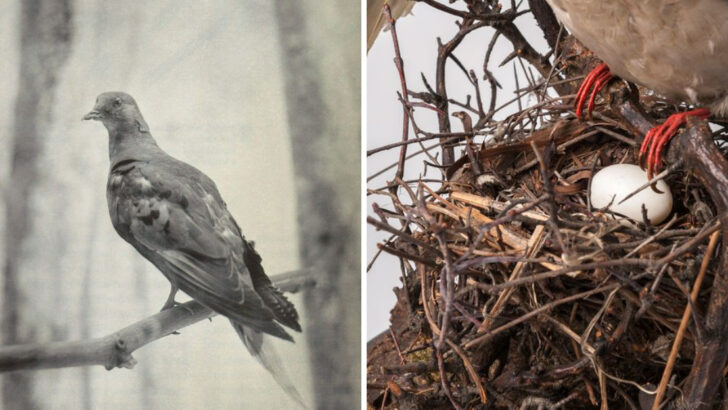They darkened the sky like a living storm. Billions of Passenger Pigeons once thundered across North America—so many that a single flock could block out the sun for hours. They were a natural wonder, a force of feathers and instinct.
And now? Gone. Extinct.
What happened to the most abundant bird on the continent? It’s a story packed with awe, tragedy, and mystery. These pigeons weren’t just birds—they were ecosystem engineers, cultural icons, and victims of brutal overhunting.
Their rise and fall is more than a history lesson. It’s a warning. This post reveals 13 jaw-dropping facts about the Passenger Pigeon—from their unbelievable numbers to the chilling speed of their disappearance. It’s a story that demands to be remembered.
The Astonishing Flock Size
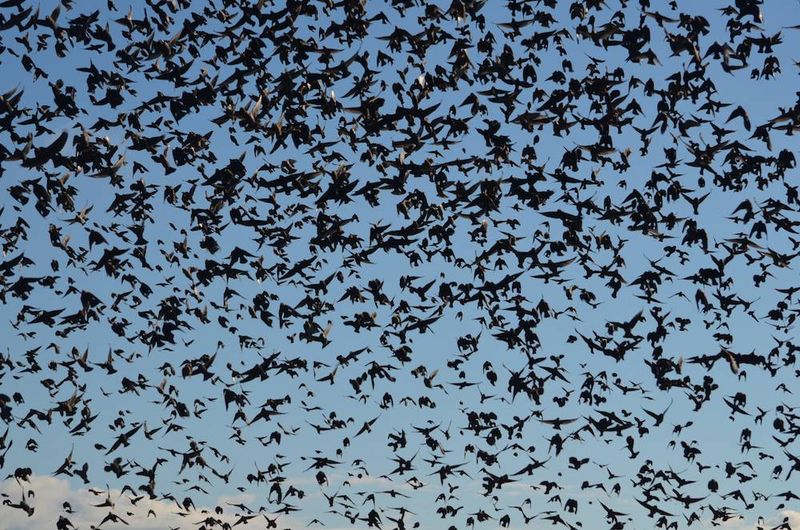
Imagine looking up to see a sky almost entirely obscured by birds. This was a common sight in 19th-century North America. Passenger pigeons traveled in enormous flocks, sometimes numbering billions. These gatherings were so vast that they darkened the sky for days. Such massive numbers were necessary for their survival strategy.
Their sheer volume helped them evade predators as individuals. Yet, this very trait became a downfall. Industrial-scale hunting could wipe out entire flocks rapidly. The passenger pigeon’s strength in numbers ultimately contributed to its extinction, marking a dramatic end to their once-numerous presence.
Unique Nesting Habits

The passenger pigeon’s nesting habits were as unique as their flock size. They nested in dense colonies, with thousands of nests packed into small areas. These colonies could stretch for miles, with branches bowed under the weight of the birds. This communal nesting provided warmth and protection.
Such proximity also meant that once located, colonies were incredibly vulnerable to hunters. Their nesting grounds, often targeted, became sites of mass slaughter. The passenger pigeon’s nesting strategy, successful against natural predators, failed against human intervention, accelerating their decline.
Remarkable Speed and Agility

Passenger pigeons were not just about numbers; they were also known for their speed. Capable of flying up to 60 miles per hour, these birds were astonishingly agile. Their flight patterns were a spectacle, as they darted and swooped in synchronized movements.
This agility was crucial for navigating through forests and avoiding predators. Despite their prowess, they were no match for human hunters. Shotguns and nets easily captured them in large quantities. The speed that once protected them in nature couldn’t save them from extinction.
Ecological Impact
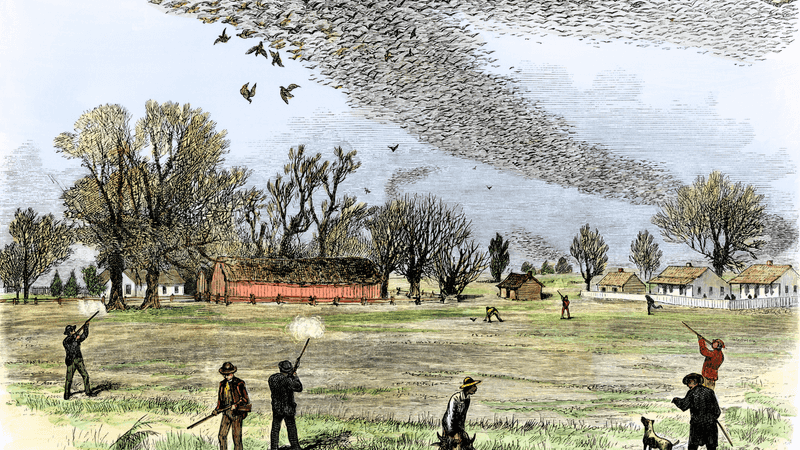
Passenger pigeons played a significant role in their ecosystems. As they traveled in massive flocks, they affected the environment profoundly. Their droppings enriched the soil, promoting plant growth and supporting diverse flora. This fertilization process helped maintain forest health.
However, their extinction left a void. The loss disrupted these ecosystems, impacting other species dependent on the enriched soil. This ecological imbalance illustrates the interconnectedness of nature and the unforeseen consequences of losing a species.
Population Decline Mystery
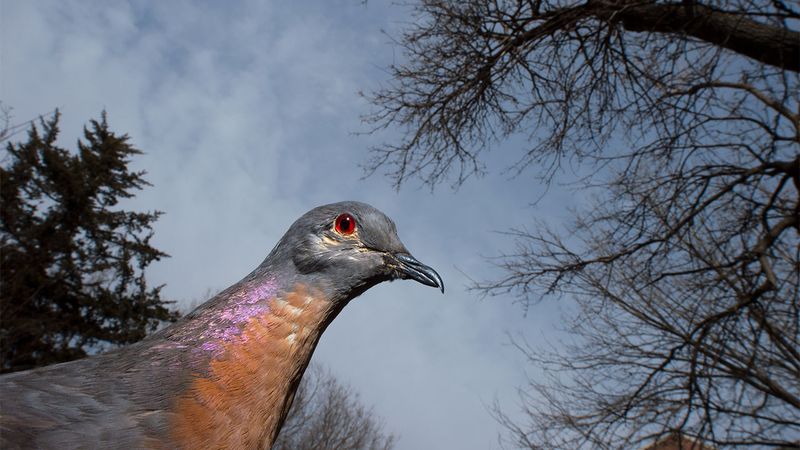
One of the most intriguing aspects of the passenger pigeon is their rapid population decline. In the early 1800s, they numbered in the billions. By the early 20th century, they were extinct. This sudden disappearance puzzled many.
Factors like habitat destruction and overhunting are well-documented. Yet, the swiftness of their decline remains a mystery. Some speculate diseases or changes in food supply contributed. Their story serves as a cautionary tale about human impact on wildlife.
Last Known Survivor
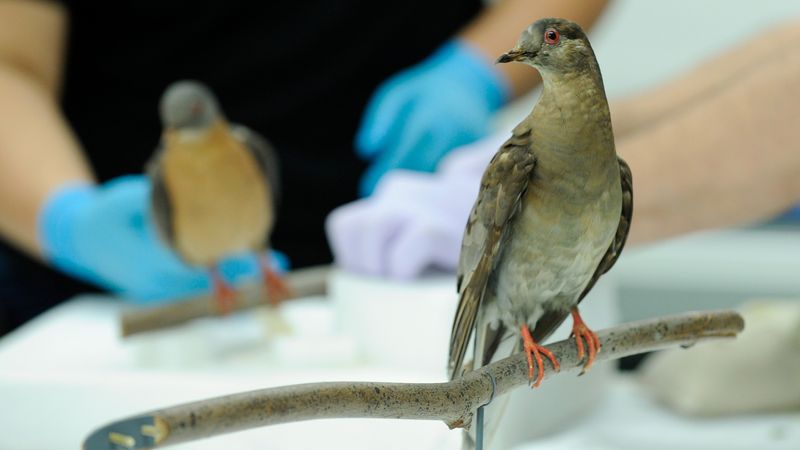
The passenger pigeon story concludes with Martha, the last known individual. Martha lived at the Cincinnati Zoo until her death in 1914. Her passing marked the extinction of a species once prolific. She became a symbol of the consequences of unchecked exploitation.
Martha’s life in captivity highlighted the stark contrast from the wild flocks of her predecessors. Her existence was a reminder of a vibrant past, now lost. Today, her story inspires conservation efforts, emphasizing the need to protect other vulnerable species.
Symbol of Extinction

The passenger pigeon serves as a poignant symbol of extinction. Their story is often cited in discussions on conservation and biodiversity. The dramatic decline from billions to none underscores the impact of human activities.
Memorials and tributes exist to remind us of their loss, urging action to prevent similar fates for other species. Their legacy fosters awareness and responsibility towards our natural world. As a cautionary emblem, their memory propels efforts to safeguard remaining wildlife from meeting the same end.
Food Source for Indigenous Peoples

Passenger pigeons were more than an ecological presence; they were a valuable food source for Indigenous peoples. Their abundance ensured a reliable supply during migrations. Indigenous groups developed methods to hunt them sustainably, respecting the balance of nature.
This harmony contrasts sharply with later mass hunting by settlers. The commodification of passenger pigeons ignored sustainable practices, leading to overexploitation. The difference in approaches highlights the importance of living in balance with nature.
Cultural Influence
Passenger pigeons held cultural significance in 19th-century America. They were featured in art, literature, and folklore. Artists captured their beauty in paintings, while writers marveled at their numbers. Their presence was a fixture in rural life, influencing local traditions and stories.
As they vanished, so did these cultural expressions. The loss of passenger pigeons reflects a broader theme of change and adaptation in cultural narratives. Their influence endures through historical records and creative works, preserving their memory.
Impressive Migratory Patterns
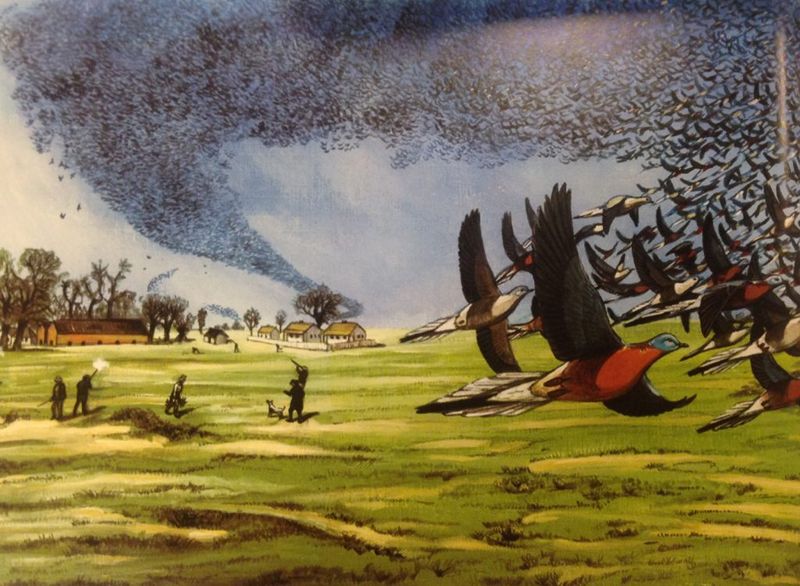
Passenger pigeons were renowned for their migratory patterns. Their seasonal movements covered vast distances across North America. These migrations were not just about survival; they were a spectacle of nature.
Observers noted the precision and timing of these journeys, as flocks moved in unison. Such migrations were vital for accessing food resources and breeding grounds. The disappearance of these patterns marked a loss of natural wonder, reminding us of the fragility of migratory species.
Conservation Lessons Learned

The extinction of passenger pigeons taught vital conservation lessons. Their story is a stark warning about the effects of overexploitation and habitat loss. Conservationists study their decline to prevent similar outcomes for other species.
Efforts to understand their extinction drive modern conservation strategies. Protecting habitats and regulating hunting are now priorities. The passenger pigeon’s fate underscores the urgency of preserving biodiversity, shaping policies and public awareness about wildlife conservation.
Scientific Interest and Study
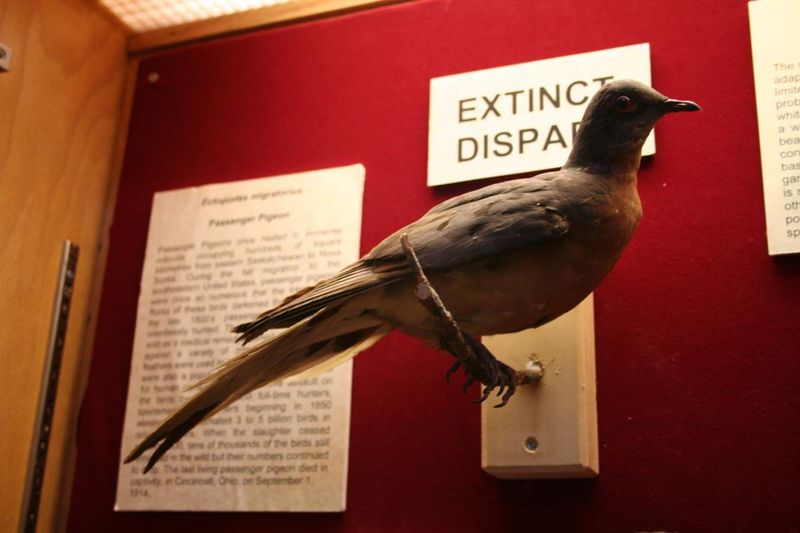
Even in extinction, passenger pigeons remain a subject of scientific interest. In the 19th century, naturalists studied their behavior, anatomy, and ecology. These studies provided insights into avian biology and ecosystem dynamics.
Today, their DNA is analyzed to understand genetic diversity and evolution. The passenger pigeon continues to contribute to scientific knowledge, offering lessons in genetics and conservation. They remind us of the importance of studying wildlife, even posthumously, to inform future ecological decisions.
Revival Attempts and Ethical Debates
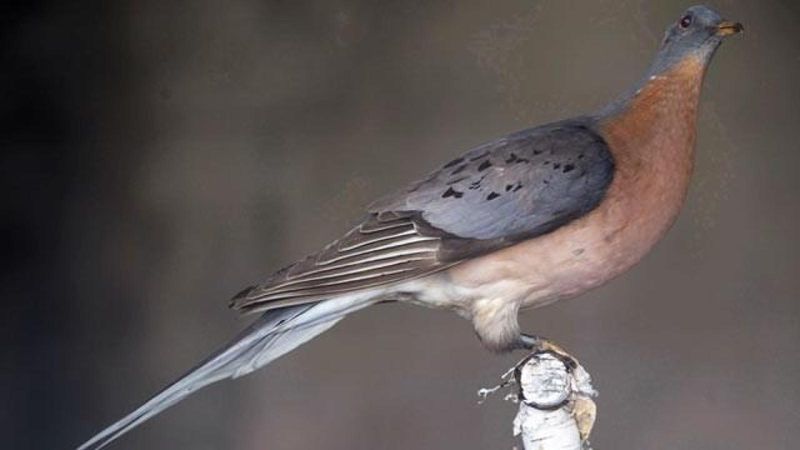
The idea of reviving passenger pigeons through de-extinction technology sparks curiosity and debate. Scientists explore genetic engineering to bring them back, raising ethical questions. Would reintroducing them disrupt current ecosystems?
While some see it as rectifying past mistakes, others warn of unforeseen consequences. The debate highlights broader issues about humanity’s role in nature. Whether feasible or not, the discussion encourages reflection on conservation priorities and ethical responsibilities towards extinct and endangered species.

